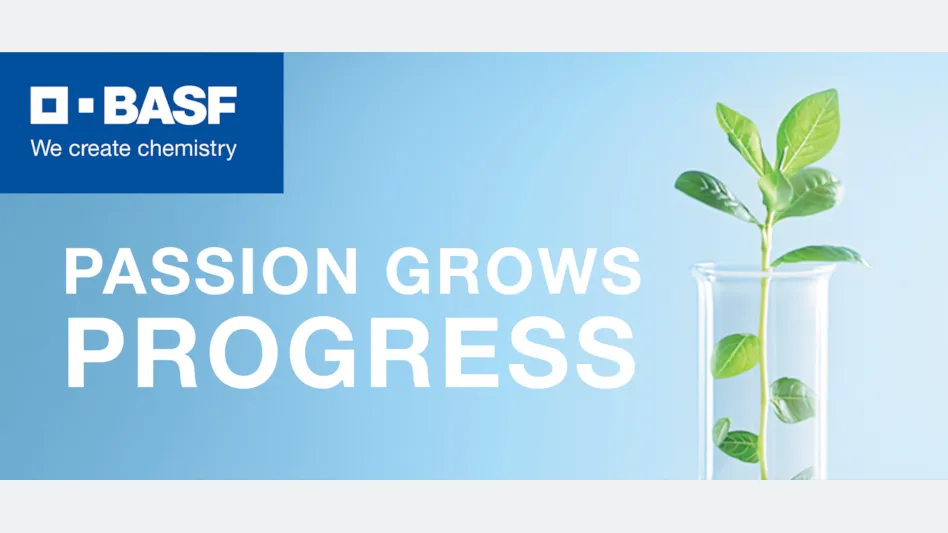
Photo © teen00000 | Adobe Stock
The 2019 “A Week in Hydroponics Webinar Series" from the University of Connecticut’s Greenhouse Research and Extension program kicked off with a beginner’s guide to developing a nutrient program for hydroponically grown leafy crops. On Monday, Dec. 2, Chris Currey, assistant professor of horticulture in the Department of Horticulture at Iowa State University and columnist for Greenhouse Management and Produce Grower gave his advice on doing so.
According to Currey, deep flow technique (DFT) and nutrient film technique (NFT) are common ways of hydroponically growing plants. They both utilize recirculating nutrient solutions. By properly mixing and maintaining nutrient solutions, Currey says plant life can be extended. In this webinar, he focused on initial water quality and maintaining and managing pH and EC.
Three major areas to focus on
According to Currey, there are three key points that should be taken into consideration regarding hydroponically grown crops:
- Recirculating hydroponics can conserve water and fertilizer.
- The initial water quality affects the nutrient solution maintenance and crop growth.
- The maintenance of pH and EC of nutrient solutions is important.
Water quality
For water quality, Currey says it’s important to start with the highest quality of water you can afford. Some sources that may be used for hydroponic production are wells, municipal sources and reverse osmosis. Water sources with elevated levels of sodium, chlorine and iron should be avoided and an initial water test is recommended.
Measuring pH
In both DFT and NFT systems, Currey says it is important to keep pH between 5.4 and 6.2. This ensures adequate nutrient availability. If your water’s pH is too high and needs to be lowered, some effective, common acids are sulfuric acid, phosphoric acid, citric acid and nitric acid. To raise pH, potassium hydroxide and sodium hydride are encouraged.
When adjusting pH, it’s important to be mindful of the types of acids or bases that are used, according to Currey. In addition to altering pH, they will also add nutrients. Regular monitoring will help keep concentrations in check.
When considering your solution, Currey says nitrogen, calcium and iron are particularly important. This is because nitrogen promotes vegetative growth, calcium deficiencies lead to tip burn and some species require more iron to maintain leaf greenness.
Electrical conductivity
The number of ions in a solution is measured by electrical conductivity, which reflects the overall status of nutrient concentrations. EC can also affect the growth of some leafy crops, but can be helped with a single- or two-bag fertilizer, as well as with a combination of individual compounds like calcium nitrate and magnesium sulfate.
Latest from Produce Grower
- DENSO and Certhon introduce Artemy, a fully automated cherry truss tomato harvesting robot
- Landmark Plastic celebrates 40 years
- CropLife applauds introduction of Miscellaneous Tariff Bill
- UF/IFAS researchers work to make beer hops a Florida crop
- Nature's Miracle announces initial shipments of "MiracleTainer" series container farm
- Local Bounti opens new high-tech controlled environment agriculture facility in Pasco, Washington
- NatureSweet responds after ruling by U.S. Court of International Trade that invalidates tax on tomato imports from Mexico
- Former Danone executive becomes chief operating officer at NatureSweet





